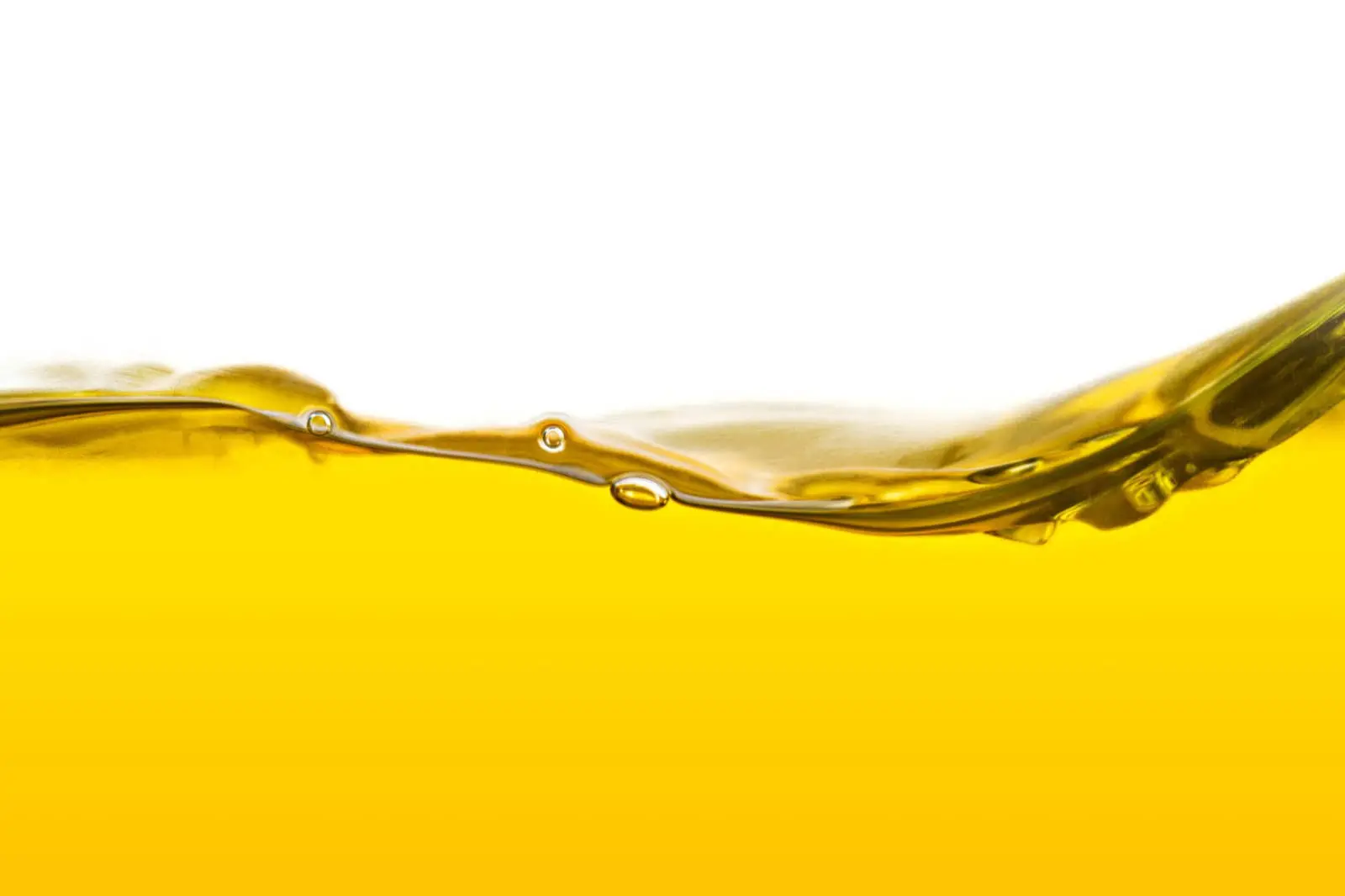The availability and steady cost of transportation equipment is often taken for granted. A major cost increase in transportation equipment can surprise suppliers because the driver of the cost increase may originate in an unrelated industry.
How Are Soy Oil Suppliers Affected?
When crude oil production greatly exceeded pipeline capacity in 2015, vegetable, including soy, oil suppliers were left scrambling for transportation tank equipment, sending a three-year rail tank car equipment lease costing $300 per month soaring to a five-year lease at $1,600 per month. The extra cost went from 15 hundredth a cent per pound to 86 hundredths a cent per pound. For an industry where margins are often below three cents per pound, the increase in equipment lease cost represents a 25 percent reduction in profitability.
Approximately 95 percent of crude oil is transported by pipeline, with the remainder transported by truck, rail, and barge. The expansion of U.S. crude oil production was much greater than forecasted for 2017 and 2018. A once plentiful pipeline capacity is full, and the extra crude oil is being transported by truck, barge, and rail.
How Soy Oil Suppliers can Protect Themselves
Should vegetable oil suppliers be worried? Yes, but several factors make 2019 different from 2015. First, crude oil pipeline construction is already in progress. Second, the barge tank market has excess capacity and is adding more capacity. Third, the rail tank car market is temporally different than 2015 due to safety regulations. Vegetable oil suppliers should take advantage of the current rail tank car market to protect themselves from the threat of crude oil competition.
For vegetable oil suppliers fearing a replay of 2015, the good news is the barge industry has already reacted to the surge in crude oil shipments and is building more tank barges. Because most of the increase in crude oil production is not occurring near waterways, the benefit of additional barge capacity is limited. The real concern is rail tank car availability. In terms of increasing rail tank car availability, new pipeline construction is very important. By the end of 2020, Texas could have an additional 3.1 million barrels per day (BPD) of pipeline capacity. The 3.1 million BPD of additional pipeline capacity is much greater than the projected 1.2 million BPD increase in crude oil production. So long term, the threat of equipment shortages for vegetable oil suppliers is limited, but not eliminated.
A DOT-111 non-pressurized tank car has a thinner shell (7/16 of an inch) than is now required for the DOT-117 tank cars. These tank cars can carry both hazardous and non-hazardous liquids. The significance is the DOT-111 tank car, both non-jacketed DOT-111 and jacketed DOT-111, were prohibited from carrying crude oil as of March 1, 2018. Industry sources report rail tank cars that can carry crude oil are leasing for over $1,000 per month while tank cars that cannot carry crude oil are leasing for $400 per month. The DOT-111s are being phased out but in the short-run, the bifurcated market provides some protection for vegetable oil suppliers from a booming crude oil market. Longer-term, suppliers need to keep in touch with the U.S. crude oil production increases and pipeline construction. The likelihood of U.S. crude oil production exceeding forecasts is very high due to the massive investments underway. Vegetable oil suppliers should consider locking up rail equipment for the next five years. Once DOT-117 tank cars replace the DOT-111 tank cars, lease rates will likely increase as the vegetable oil and crude oil markets equalize.
